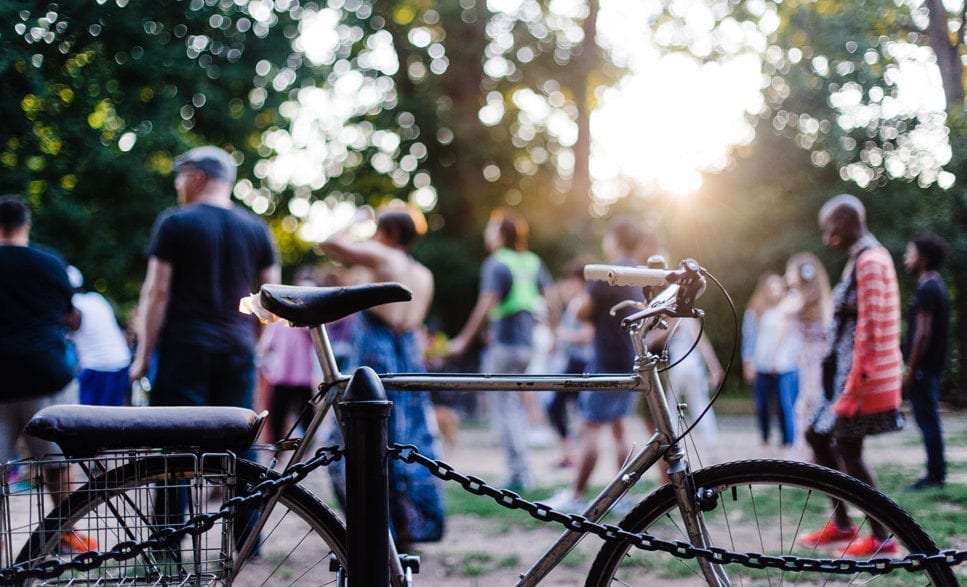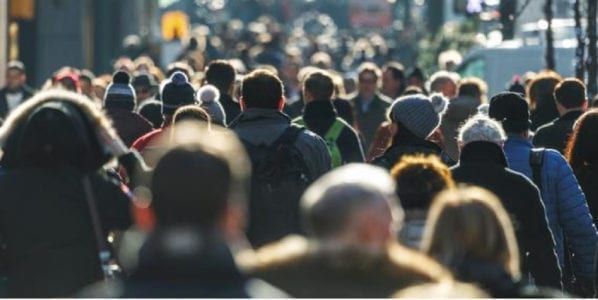High subjective wellbeing, low-carbon leisure—A time-use approach
Journal Paper by Angela Druckman and Birgitta Gatersleben
Journal of Public Mental Health, Vol 18/2.
July 2019

“What are you going to do next weekend?” is a common question—As individuals we tend to think and plan in terms of how we use our time. So why don’t policy makers think in terms of time use also?
Consumerism is an important driver of carbon emissions, and to date, conventional approaches to reduce emissions, in which the scale and nature of consumption are challenged, have failed to curb consumption levels. Tackling the problem from the perspective of time use is a promising complementary avenue. In an article published in the Journal of Public Mental Health, Angela Druckman and Birgitta Gatersleben have explored the types of leisure activities that can make people happy, and are also low carbon. The paper brings together three areas of research that are hitherto largely unlinked: subjective wellbeing/happiness studies, studies on how we use our time, and studies on low-carbon lifestyles.
The research showed that leisure activities which generally make people happy include activities that involve physical and mental activity (and challenge), as well as those that involve socialising, which contribute to personal growth. By combining this information with studies on low-carbon lifestyles, researchers found that activities that can be both low carbon and fun include sports, hobbies and other goal orientated activities, as well as activities such as reading challenging books, singing in a choir, and spending time at home with friends and family.
However, most of these activities can be done in low-carbon ways or high-carbon ways. For example, playing board games with friends and family at home can be a challenging activity that can be fun, and is relatively low-carbon. On the other hand, downhill skiing is also a challenging activity that can be fun, but depending on where you live, it can be very high carbon, mainly due to the travel involved.
This make advocating policies rather complex. We know, for instance, that long-distance travel, especially that involving flights, should be discouraged. And although this is, in theory, possible through policies such as taxation on aviation fuel, it is highly challenging due to the international nature of travel. However, if we look at the local scale the prospects are more promising. Through the provision of more local sports and community centres, with organised activities such as bridge clubs, amateur dramatic societies, sports leagues and so on, we may be able to encourage people to stay within their locality, and take an active part in activities that the research indicates are proven to generally make people happy.
While this is not a silver bullet that can remedy the seriousness of the challenges before us, this is one small, pragmatic way in which we can make progress towards achieving more sustainable lifestyles whilst also increasing happiness.
- The research for this article is rooted in the RESOLVE and SLRG projects, novel interdisciplinary institutions at the time, set out to unravel the complex links between lifestyles, values and the environment—in particular in relation to climate change—including research into the psychology of energy behaviours, the sociology of lifestyles and carbon lifestyles scenarios.
- The article can be accessed via the Emerald Insight website. Should you have difficulties accessing the paper, please email us for a copy.



